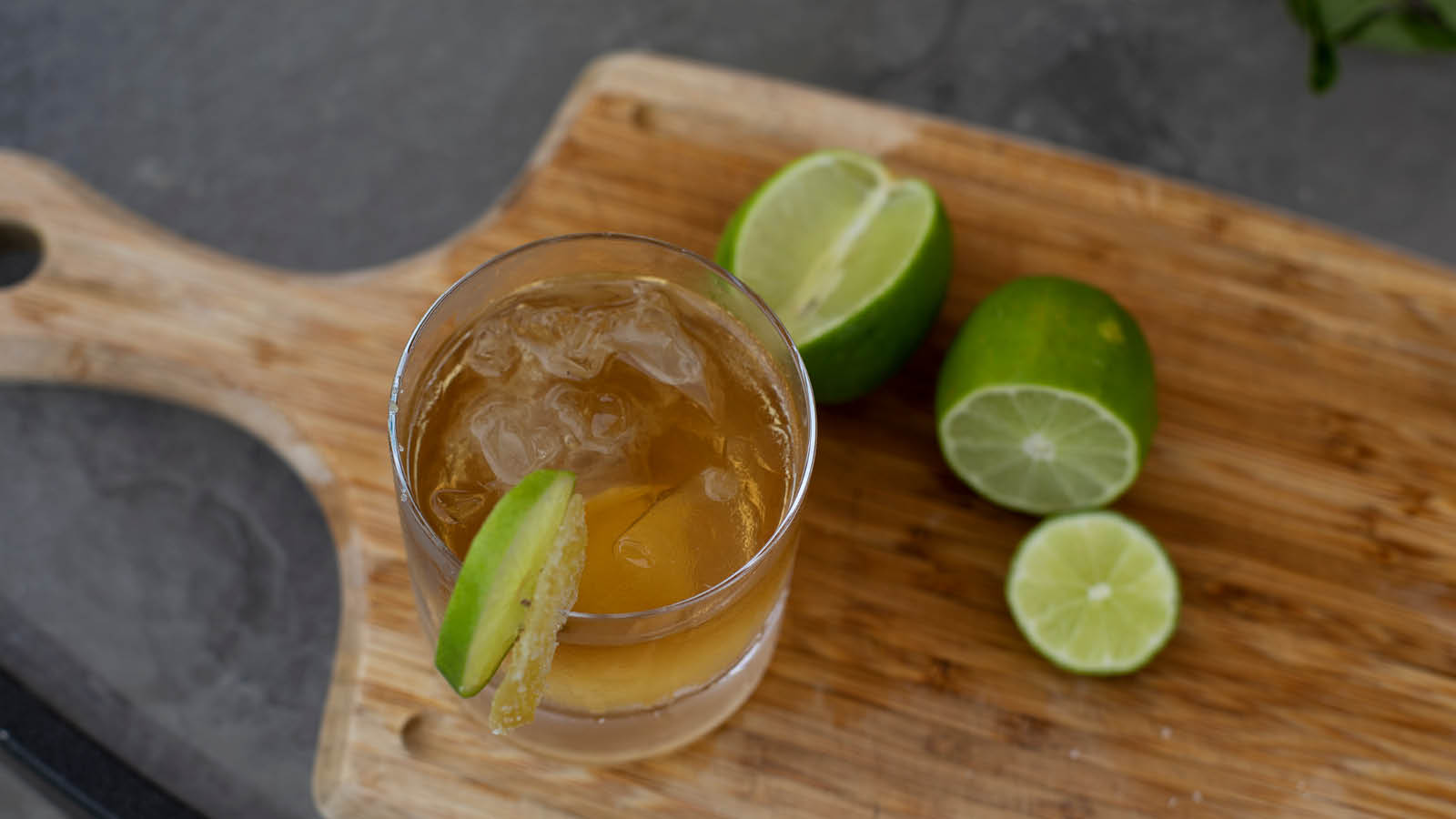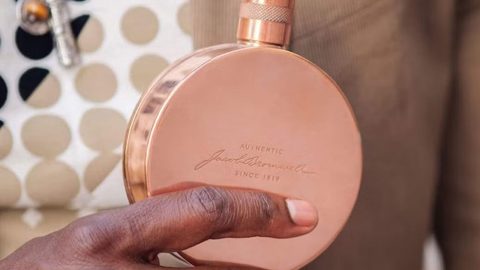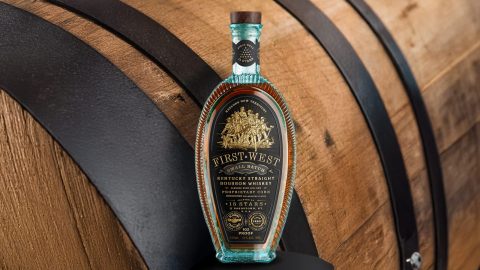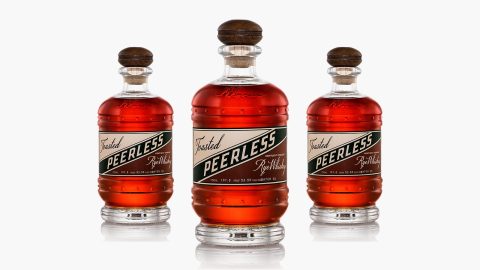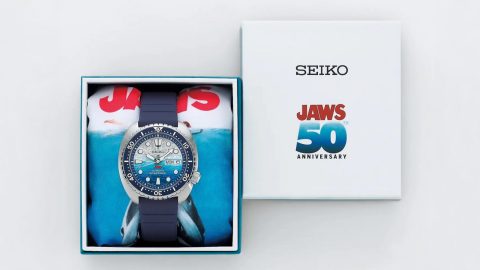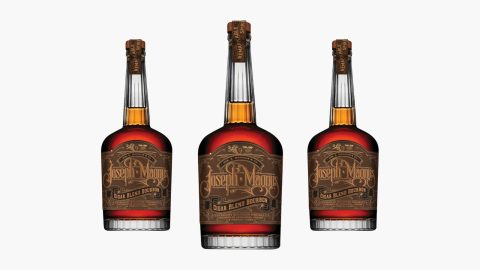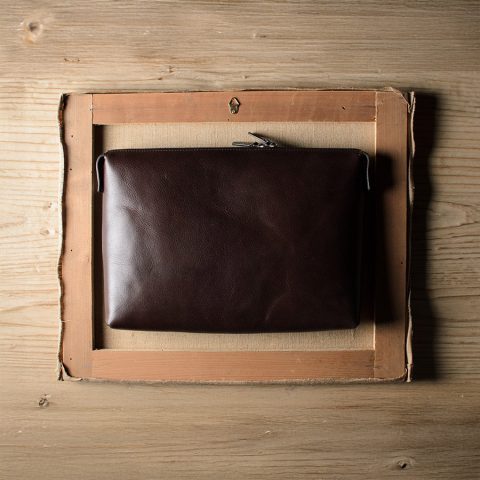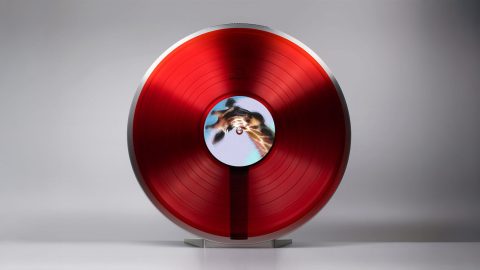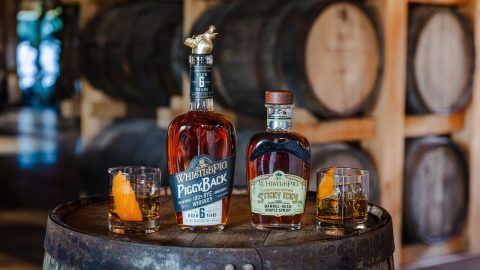Yo ho ho and a bottle of rum makes any vacation—or backyard bash or family cookout or crazy-long Wednesday in the middle of a ridiculous work week—exponentially more delicious. Most of us have a fairly myopic view of rum, topping the well variety with Coke or drinking whatever the bartender gives us when we swim up and ask for “something fruity,” but there are many kinds of rum to explore, and some are surprisingly refined.
A Quick Shot
- Proof: 80 proof (standard, but there are variations)
- Calories Per Ounce: 64
- Big-Name Brands: Tanduay, Bacardi, Captain Morgan, Appleton Estate, Malibu, Havana Club
- Classic Cocktails: Mai Tai, Daiquiri, Cuba Libre, Piña Colada, Mojito, Hot Buttered Rum
- Famous Song: “Escape (The Piña Colada Song)” – Rupert Holmes
- Did You Know? Sailors in the Royal Navy were given rations of rum mixed with lime juice to help ward off scurvy.
A Brief History of Rum
Rum is a liquor borne out of waste. Once upon a time (in the 1600s or so), Caribbean sugar farmers were churning out buckets of sweet powdery goodness, but they couldn’t figure out to do with the excess of molasses created by the sugar-curing process. Like old-school polluters, the farmers resorted to dumping the molasses into the ocean until some enterprising soul figured out that fermented molasses created something amazing: rum.
There are rumors of rum-like beverages served long before the Caribbean-borne varietal, though. Some historians talk of rum given as a gift from the King of Cyprus to the Congress of Krakow in 1364. Others trace the drink back thousands of years to the Malay people who made something called brum. Regardless, modern rum emerged in the Caribbean, and it was quite rank.
It took years and steadily building popularity for rum to go from the barely palatable tipple of the 17th century to something more refined. Eventually, distilleries sprang up in the American Colonies (present day Boston and Staten Island, to be exact), and lighter, more user-friendly versions of rum emerged.
Rum became something of a commodity, and as more and more trades occurred, the liquor spread from the Americas to the far corners of the globe.
Production, Taste, and Trends
Now rum is produced all over the world, with manufacturing sites as far-flung as Austria, Fiji, Nepal, South Africa, Spain, Sweden, and the United Kingdom, though the center of production remains in the Caribbean and United States. There is no single cut-and-dried way to make rum; though production almost universally begins with molasses, what happens afterward may include any combination of wild yeast fermentation, pot or column distillation, stainless steel or barrel aging, blending, filtering, and so on.
There are several types of rum, including variations in style and grade.
- White/light/clear rum is the popular choice for mixed drinks where the imbiber (or bartender) wants a less obtrusive rum flavor.
- Gold rum is amber, almost like whiskey. The color comes from barrel aging which also gives the rum a buttery flavor with hints of caramel and vanilla.
- Dark rum most closely resembles the molasses it’s made from, with strong flavors and a thick, heavy mouthfeel. Some are luscious and tasty, imparting a caramelized flavor to drinks, while the stodgiest kinds are particularly prized in baking.
- Spiced rums are generally darker, amber-hued rums infused with extra flavors like clove, cinnamon, pepper, and cardamom.
- Flavored rums are similar to spiced rums but instead of the warmth of spices you get a lighter rum that tastes like banana, orange, coconut, lime, mango, etc.
Like many liquors, rum ranges from cheap, barely quaffable junk to incredible premium offerings that are to be sipped and savored just like cognac or fine scotch.
Try It: Three Rum Recipes
Rums innately sweet flavor harmonizes well with everything from fresh juice to spicy ginger to acidic soda. Its tropical origins means you’ll find it in a lot of beach-friendly drinks, but there are more sophisticated recipes emerging as well. Here are three more traditional takes:
Dark ‘n’ Stormy
A centuries-old Royal Navy special named after ominous Caribbean skies.
- 2 ounces dark rum
- ½ ounce fresh lime juice
- 3 ounces ginger beer
- Lime wheel
- Candied ginger slice
Shake the rum and lime in a shaker filled with ice. Strain into a tall glass filled with ice and top with ginger beer. Add the lime and ginger (if using) as garnish.
Planter’s Punch
Perfect for kicking back at a seaside retreat or as a reward after you mow the lawn. Feel free to sub in your favorite juices—pomegranate is delicious in this! Everyone seems to have their own take on what constitutes a Planter’s Punch, so you might as well make up one too.
- 1 ½ ounces of dark rum
- 1 ounce pineapple juice
- 1 ounce orange juice
- ½ ounce lime juice
- Fresh fruit (optional)
- Mint spring (optional)
Pour the first four ingredients into a shaker filled with ice and chill. Strain the mixture in a rocks glass with ice. Garnish with fruit and the mint (if using).
Mojito
Crazy refreshing, slightly fancy, yet straightforward enough to suit even the most macho of men.
- 1 ½ ounces light rum
- 2 ounces fresh lime juice
- 4-5 mint leaves
- 1 teaspoon extra-fine sugar
- Club soda
- Lime wedge
Put the mint, sugar, and lime juice in the bottom of a tall glass and muddle until reasonably mixed. Add crushed ice, then top with the rum and fill the glass with soda. Stir or transfer to a shaker glass and back to combine. Garnish with lime and serve.

